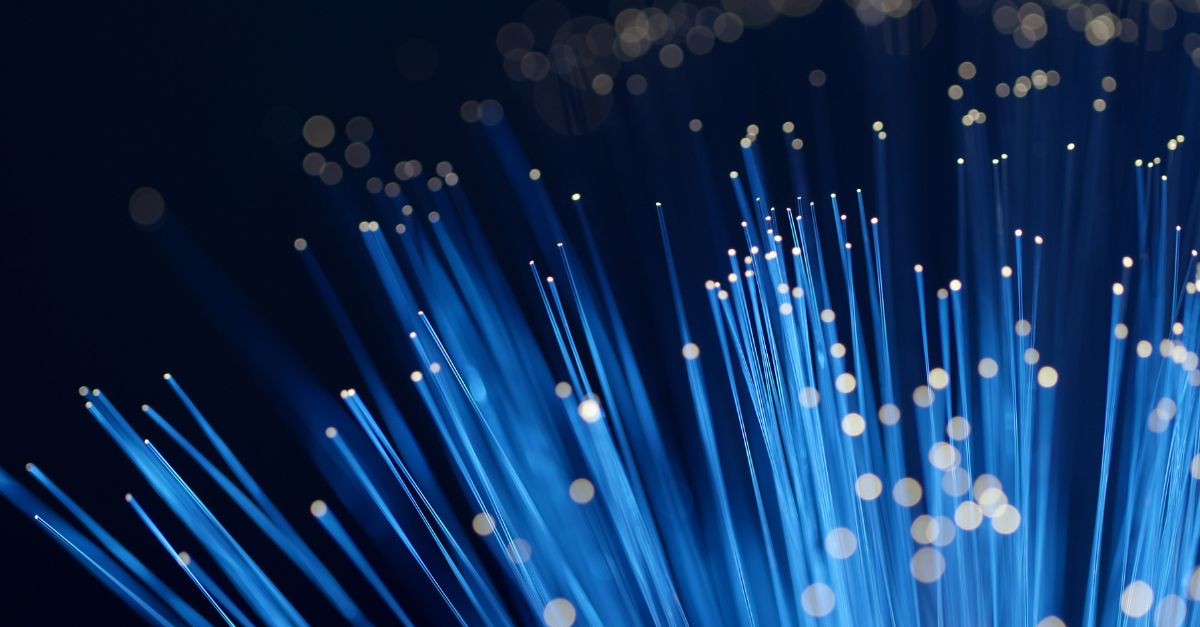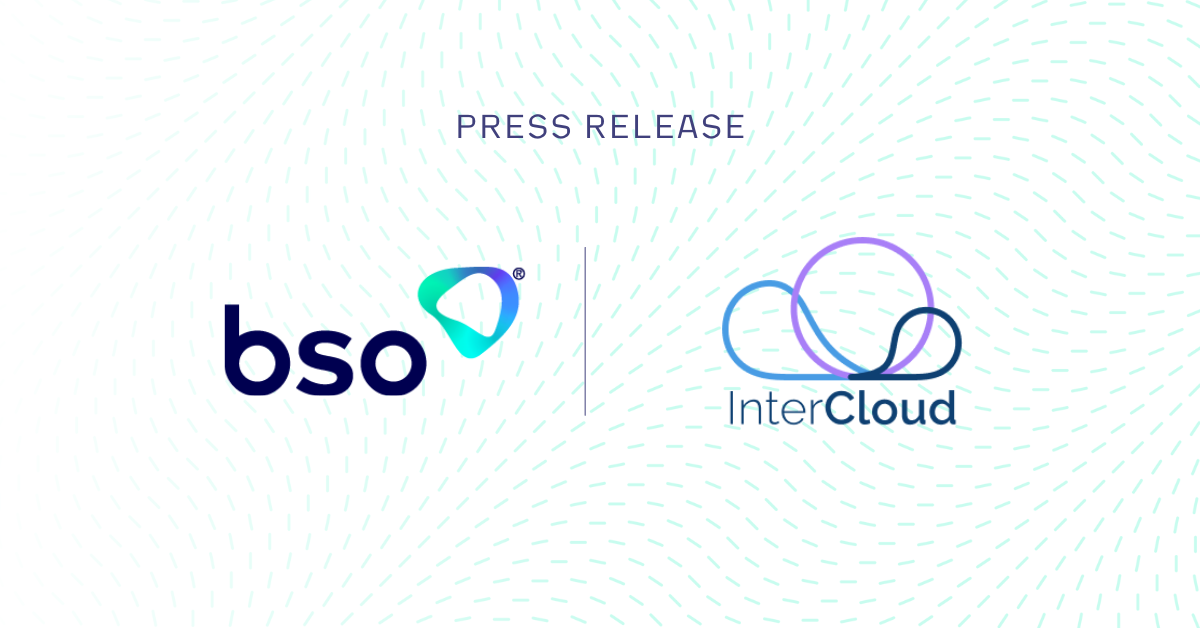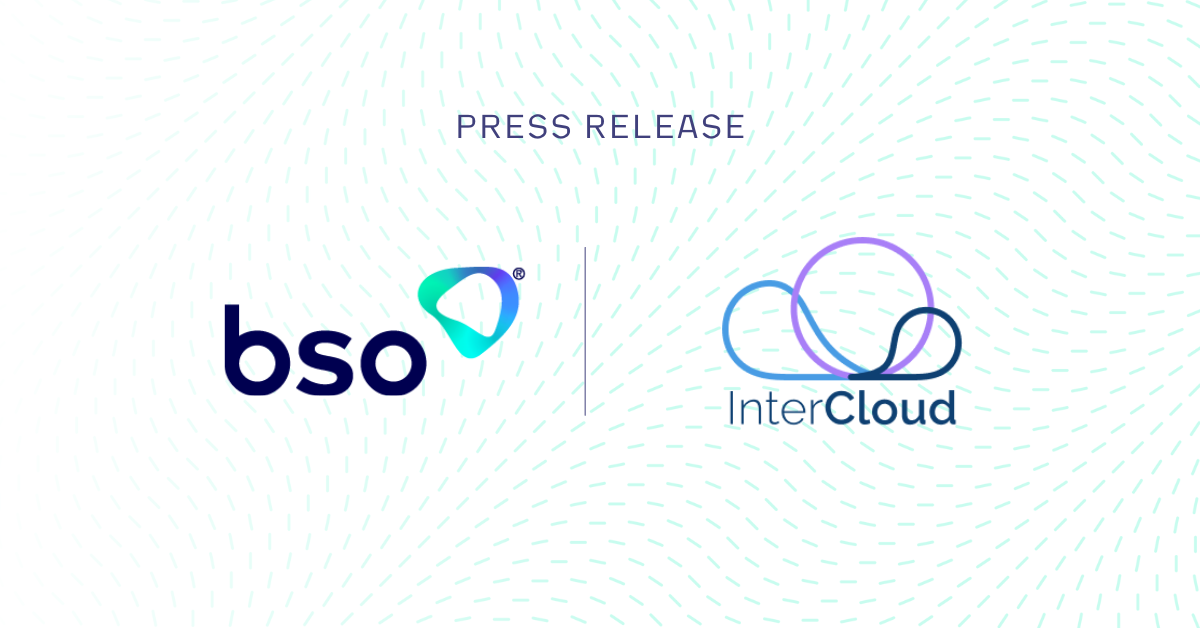
Nowadays, the fastest and most reliable networks are built using fibre optic cables. These cables contain several thin strands of glass, each one equal in diameter to the size of a human hair, and transmit data via light pulses over long distances at high speeds.
Switching from standard cable or dial-up network connections to fibre is a no-brainer for your business — but it’s not the only decision you must make. You also have the choice between lit fibre and dark fibre.
Not many people realise that dark fibre networks are the internet’s hidden backbone. When utilised, they can play a crucial role in powering seamless online experiences for enterprise-level organisations and their users.
If you’re in the dark on dark fibre, you’re in the right place. Here, we explain the difference between lit and dark fibre and dig into how dark fibre networks improve internet performance and reliability.
Understanding Dark Fibre Networks
What’s the difference between lit fibre and dark fibre?
-
Lit fibre networks are already in use. In other words, they’re “lit” by the service provider, which manages the network and ensures speeds and uptime meet user requirements. For most businesses, lit fibre represents a convenient, flexible, cost-effective approach to fibre optic connectivity. However, if you don’t want to share bandwidth with other users and feel your business would benefit from a private, secure, and customisable network, you might consider switching to the dark side.
-
Dark fibre networks are “unlit”, meaning the cable has been installed in the ground by a service provider, but it’s not currently in use (i.e., no light is being passed through it). Dark fibre can be leased or purchased by an enterprise to manage privately. You’ll still need to invest in the staff and equipment required to operate it, but once you do, you have complete control over the network’s speed and security — with no limits on bandwidth or uptime.
The Role of Dark Fibre Networks in Internet Infrastructure
Dark fibre networks play a crucial role in modern internet infrastructure, offering organisations complete control and flexibility to meet their specific connectivity needs. Here are the main advantages of leasing dark fibre and creating your own private network:
-
Speed & Scalability: Dark fibre has almost limitless speed and bandwidth potential. Practically speaking, data transmission is only limited by the hardware used to light the fibre and maintain the network, the skill and expertise of the staff managing the network, and the quality of cables used. With the correct setup, your business can achieve speeds far above those offered by ISPs.
And, as data demands increase, you can upgrade your equipment to support even higher bandwidth without modifying or upgrading the underlying fibre infrastructure.
-
Security: Dark fibre networks are, by their very nature, private and, therefore, offer greater control over security when compared to shared network solutions. This means you can enforce your organisation’s security protocols to keep sensitive data from falling into the wrong hands.
-
Customisation: By installing and managing your equipment, you can customise your private network’s speed, capacity, and latency to meet your specific needs. This level of customisation also allows you to optimise your network for valuable applications, including video streaming, Internet of Things (IoT), artificial intelligence (AI), and disaster recovery.
Dark Fibre Networks and Internet Speed
The demand for faster internet speed has grown yearly as data-heavy industries like gaming, health, and the financial sector seek an edge over their competitors. And that edge can often be measured in milliseconds.
Dark fibre can help enterprises reach game-changing speeds by reducing data congestion and lowering latency, resulting in quicker data transmission and faster internet speeds. Dark fibre networks are designed to avoid the need for data to travel through several routers or switches (which is the case for public internet connections), meaning there’s less delay in transmitting data from point A to point B.
This lower latency is vital for businesses that rely on real-time data processing. For example, crypto trading requires rapid data exchange to purchase and sell at the perfect time for the right price. A millisecond delay (100 times faster than the blink of an eye) could have significant financial consequences.
Read more: Trading in Financial Markets: BSO’s Market-Leading Routes & Ultra Low Latency
Improving Internet Reliability
Another key benefit of a dark fibre network is its role as a safety net for an enterprise as part of its disaster recovery/business continuity (DR/BC) plan. Internet outages are not only frustrating; they can be incredibly costly if downtime drives potential customers into the arms of competitors.
Many companies opt for two different providers as part of their approach to DR/BC. However, if both providers rely on the same physical infrastructure, anything from a cut cable, burst pipe, or natural disaster could cause the primary and backup connections to go down.
Using a dark fibre network can provide physical redundancy and network resilience, enhancing internet reliability and ensuring uptime — something financial institutions, healthcare providers, and government agencies can’t live without.
Challenges and Considerations
As we’ve discovered, dark fibre networks offer a variety of advantages. However, they also come with a particular set of challenges:
-
Cost: While dark fibre can be more cost-effective in the long run compared to lit fibre provided by an ISP, it demands a significant upfront investment plus ongoing maintenance. This can make it cost-prohibitive for smaller organisations.
-
Management: Implementing and managing a dark fibre network also requires a high level of technical expertise. If you’re unable to employ full-time network engineers (or work with a network solutions partner), you may struggle to operate and optimise the necessary equipment to make the most of your investment.
-
Regulations: There are several regulatory and legal considerations when leasing dark fibre. Unlike traditional fibre optic networks offered by ISPs, your business is responsible for monitoring, securing, and troubleshooting your network connection. For instance, you must ensure your organisation’s network complies with laws and regulations related to privacy and safeguarding vulnerable users.
The Future of Dark Fibre Networks
Emerging as a sustainable and cost-effective network solution for enterprise-level organisations, it’s little wonder that the global dark fibre network market size is rising. In 2022, it accounted for USD 5.49 billion, and it’s expected to expand at a compound annual growth rate (CAGR) of 12.8% from 2023 to 2030.
So, what does the future hold for dark fibre? We see a few key trends on the horizon:
1. Smart Cities
Over half the world’s population lives in cities, which is expected to grow to 66% by 2050. With this explosion in urban population growth, cities will be under pressure to manage environmental, social, and economic resources efficiently.
Smart cities offer a solution, using information and communication technology (ICT) to improve operational efficiency, manage resources, and provide citizens with a better quality of life.
Dark fibre networks will play a critical role in enabling the growth of smart cities. These networks will support various data-heavy applications, such as traffic management, environmental monitoring, and public safety systems, to optimise city functions and promote economic growth.
Read more: BSO's Tokyo Dark Fibre Metro Network Provides the Fastest Route Between Key Financial Data Centres
2. Rural Connectivity
On the flip side, as urban populations grow, rural populations are at risk of being left behind. Both remote areas and developing countries could lag behind developed nations and their smart cities without the necessary infrastructure.
Dark fibre networks could help bridge the digital divide by providing high-speed internet to underserved areas. This potential expansion of connectivity could improve the lives of those in remote locations, enhance job opportunities, and boost economic development.
3. 5G and Edge Computing
As 5G networks continue to roll out and edge computing gains momentum, dark fibre networks will be essential in providing the connectivity for low-latency, high-speed data transmission.
5G uses base stations to connect mobile devices and fixed wireless broadband routes. However, it’s also reliant on fibre optic cables to carry traffic over long distances. Dark fibre can provide the necessary infrastructure to ensure the ongoing 5G rollout is successful.
Meanwhile, edge computing — which is all about data processing close to where the data is generated — could also benefit from dark fibre’s high speeds. For example, on-site data storage and processing using Edge in a hospital setting could enhance patient monitoring and treatment with connected devices. With a dark fibre network underpinning it, data sharing lag time could be eliminated, improving the experience for healthcare workers and patients.
Summary
In a world where we’re increasingly dependent on technology, understanding the underlying infrastructure that powers the internet has never been more vital.
Whether you’re scaling the traffic of an enterprise-level financial organisation, overseeing the network for a healthcare provider, or working across various government agencies, higher speeds and lower latency could be the difference between success and failure.
Choosing a dark fibre network can help you implement speed and scalability, improve reliability, harness customisation, and increase security — all while maintaining complete control over your private network.
Go to the dark side with BSO
With 240 Points-of-Presence (PoPs) worldwide and partnerships with all major international data centres, trading venues, internet exchanges and public cloud providers, we are a truly global partner.
Benefit from our dark fibre know-how and award-winning network by seamlessly connecting to and from the markets that matter to your business. With extensive experience in difficult-to-access regions and emerging markets, we can help transform your business with high-speed, low-latency dark fibre network solutions.
ABOUT BSO
The company was founded in 2004 and serves the world’s largest financial institutions. BSO is a global pioneering infrastructure and connectivity provider, helping over 600 data-intensive businesses across diverse markets, including financial services, technology, energy, e-commerce, media and others. BSO owns and provides mission-critical infrastructure, including network connectivity, cloud solutions, managed services and hosting, that are specific and dedicated to each customer served.
The company’s network comprises 240+ PoPs across 33 markets, 50+ cloud on-ramps, is integrated with all major public cloud providers and connects to 75+ on-net internet exchanges and 30+ stock exchanges. The team of experts works closely with customers in order to create solutions that meet the detailed and specific needs of their business, providing the latency, resilience and security they need regardless of location.
BSO is headquartered in Ireland, and has 11 offices across the globe, including London, New York, Paris, Dubai, Hong Kong and Singapore. Access our website and find out more information: www.bso.co
SALES ENQUIRY
Get in touch now. Find out how we can transform your business_
You might be interested in_
THE BSO DIFFERENCE
The industries we work across_





/Revolutionising-Connectivity%20BSOs-Tailored-Cloud-Solution-for-CryptoStruct-GmbH.png?width=1050&height=550&name=Revolutionising-Connectivity%20BSOs-Tailored-Cloud-Solution-for-CryptoStruct-GmbH.png)
/6%20Cloud%20Best%20Practices%20for%20Financial%20Technology%20Companies.jpg?width=1200&height=600&name=6%20Cloud%20Best%20Practices%20for%20Financial%20Technology%20Companies.jpg)









